I need to make a device to measure voltage of a series stack of capacitors which will reach a maximum of 100V (DC only). On the schematic I have omitted several from the stack, balancing circuitry and the PIC support devices (xtal, decoupling), for simplicity of getting my point across. Each cap will have 5V max across it (in house made supercapacitors if you are interested!).
As the dynamics are quite fast, my usual Arduino solution just isn't quick enough so I am back to the old days of PICs, which I haven't touched for many years! 1-10ms for all 20 channels in total, ideally.
In order to measure the high voltages I assume a simple resistive divider would suffice, however this would need to be as high an impedance as possible so as to not skew the readings and require high power resistors. This puts the impedance well over the max 10k for the PIC I am using (PIC18F25K83). The PIC is running at 5V.
Current thinking, using this as inspiration, is to use an opamp to buffer the output. Not used opamps before.
Is there anything glaringly obvious that would make the magic smoke appear, or is there a better solution?
EDIT: Image cropped as requested. Quantified how fast.

